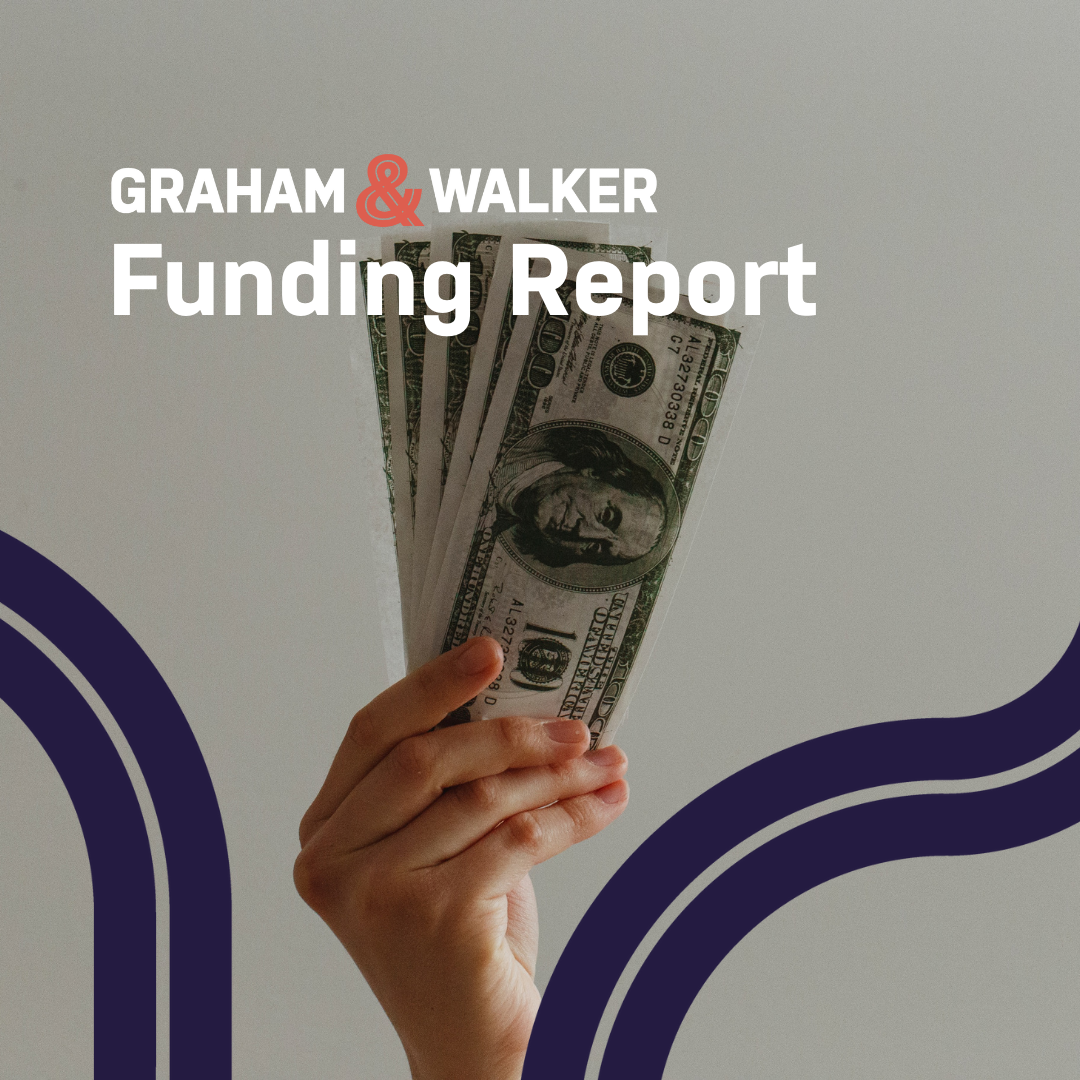Tell us about the professional journey that took you where you are today. What major lessons did you learn along the way?
I grew up in the lowest income bracket in California and was considered an at-risk youth. By the time I got to college, I was desperate for stability and an explanation for why people are the way that they are. This sent me down a dual-degree path in Psychology and Communications. When I got out of college, I fell into the world of tech storytelling through a single job posting on Craigslist. For the past 15 years, I’ve helped startups and Fortune 5000 companies communicate. I work with organizations to help them shape and share their unique, innovative, and most human stories. This career has also taught me some invaluable lessons for making the most of work and life.
These are three life lessons I continue to reflect on:
● If you don’t like something you either need to change it or accept it and move on. Ruminating on how things should or could be without taking action will only waste your precious hours. You have a limited amount of time on this Earth. Make the most of every minute.
● Your successes are a combination of skill and luck – be grateful, be curious, and stay humble. I have benefitted from hard work and being in the right place, at the right time. I believe everyone has. Don’t take it for granted.
● Don’t let your job be the most interesting thing about you. I’ve poured every bit of myself into startups and jobs that didn’t survive or pan out, and it crushed my sense of self-worth. Just as investors diversify their portfolios to manage risk, we too need to diversify our interests and values.
What motivates you?
For anyone who has taken or is a fan of workplaces assessments, I’m an Si when considering the DiSC Assessment. For me this means I’m motivated by authentic collaboration, getting sh*t done, influencing outcomes, and helping others to accelerate their growth.
It’s also important to me that I’m having fun and can share in the laughter with others. There is a lot happening in the world to be worried or sad about. It’s important we’re aware and can still find moments of happiness and reasons to be joyful.
Who are your role models and why?
I’ve learned some helpful and practical lessons recently from Mellody Hobson, President and co-CEO of Ariel Investments, Adam Grant, an organizational psychologist, and Brené Brown, a researcher widely known for her insights on shame and vulnerability.
These people are my role models right now because they each represent and share insights on what I consider to be the ideals of leadership. Ideals that are built on a foundation of communication that fosters a culture of psychological safety, failure as a necessary step to innovation, and exploration of what makes each of us uniquely positioned to contribute to the end goal.
I’ve read numerous times that the single most limiting factor for an organization boils down to good, effective, and motivating communication — it’s so much more challenging than we give it credit for. In fact, 65% of high-potential startups fail due to conflict and poor communication among founders.
This is also why brand storytelling is so important. Good internal and external communication elevates your brand and turns employees, customers, and the public into advocates at scale.
What does a typical day look like for you?
My day is typically split between four areas: advising clients on their communications and PR strategy, developing the next great leaders of Walker Sands, driving initiatives to intentionally scale our organization, and supporting a $30M sales pipeline.
I love every minute of it but the most rewarding parts of my day are the time I spend with our people. A business is only as good as its people and I believe that investing in employees delivers the best returns for an organization.
What are the major trends you are seeing in your space?
There are two trends that are changing the world of communications and PR right now.
First, product-focused storytelling is losing relevance. Simon Sinek once said, “People don’t buy what you do, they buy why you do it; and what you do simply proves what you believe.” People buy products that reinforce what they believe. And people don’t believe in features, upgrades, or new solutions. They believe in doing good for the world; they believe in saving time on tasks to spend time with people they love; they believe in a future that is better than the one they were born into. Good storytelling and communications show people that what they believe is what you believe in too.
Second, employee-focused storytelling is table stakes. Employees are your first line of advocacy for a company. The stories you tell them are the stories they tell the world, and that amplifies or minimizes the stories you tell to media and the public at large. This is why we’re seeing organizations take a stand on social, political, and economic issues. It’s also why things like pay transparency and flexible work options are trending in the news right now. The best companies know their employees are their best storytellers.
Anything else you want our readers to know?
I love talking communications and PR strategy and am always open to a good cup of coffee and conversation. For any B2B tech entrepreneurs out there, Walker Sands is a B2B growth agency with capabilities in public relations, creative, branding, demand generation, web services, and marketing strategy. Reach out if you are interested in kicking around some ideas or learning more about Walker Sands.

